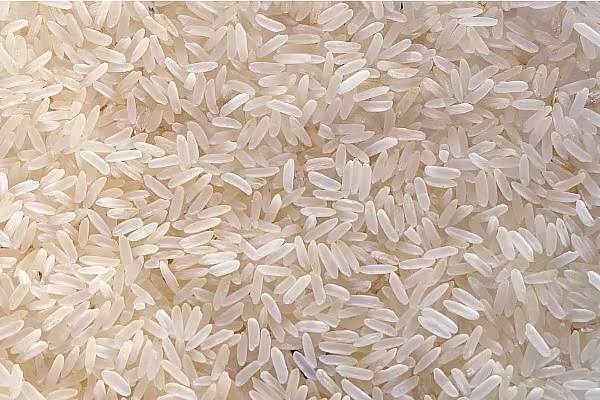Bangladesh's rice imports are likely to surge to 2 million tonnes in the 2020/21 financial year as local prices jumped to a record high on limited supplies, a senior government official said on Tuesday.
Higher imports by Bangladesh, the world's third-biggest rice producer, could lift exports from neighbouring India, the biggest global exporter, as it has been offering the grain at competitive prices.
Bangladesh is turning to imports after repeated flooding ravaged local output, in turn depleting domestic stockpiles.
"The food ministry has decided to import 1 million tonnes of rice in the current financial year. At the same time, the private sector may be given the opportunity to import as much as 1 million tonnes," a senior official at the Food Ministry said.
"Whoever intends to import rice will have to seek permission from the ministry by 10 January," said the official, who declined to be named.
Bangladesh imported a little over 4,000 tonnes of rice in the last financial year that ended in June 2020.
Import Duty
Amid the shortages and high prices, the country plans to cut the rice import duty to 25% from 62.5% while allowing private traders to import rice up to a certain level to bolster reserves, Food Minister Sadhan Chandra Majumdar said last week.
Bangladesh will likely fulfil the entire import requirement from India because of its lower prices, said B.V. Krishna Rao, president of the Rice Exporters Association in India.
"Indian prices are far lower than Thailand or Vietnam. Freight rate is also minimal. Besides traders can ship rice via road route as well," Rao said.
Bangladesh has so far floated five tenders to import 250,000 tonnes of rice and all were won by Indian suppliers.
Rice stocks at government's warehouses have dropped to 530,000 tonnes, half a million tonnes less than Bangladesh's typical food security threshold level.
Bangladesh's rain-fed rice output, or Aman crop, is expected to fall as much as 15% this year.











